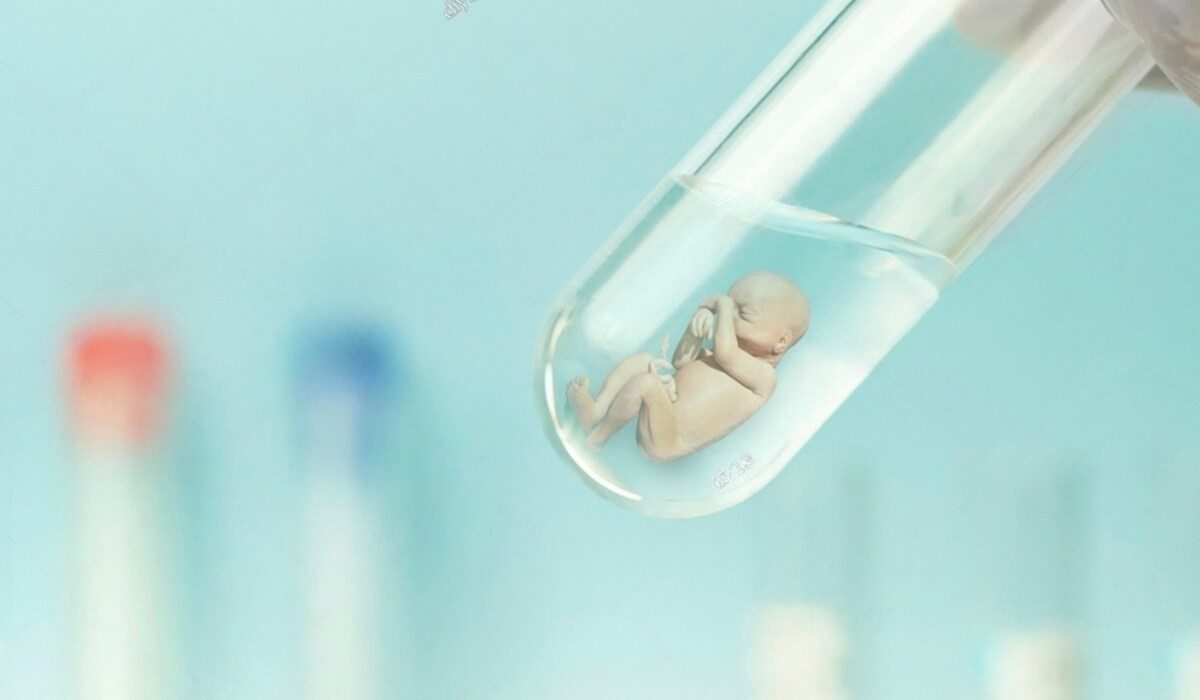Introduction
In Vitro Fertilization (IVF) is a widely recognized fertility treatment that allows couples to conceive by fertilizing an egg outside the body and then implanting it into the uterus. This advanced reproductive technology has become increasingly common due to its growing success rates. IVF involves a series of complex steps, including ovarian stimulation, egg retrieval, fertilization in a lab, and embryo transfer. While IVF offers hope for many dealing with infertility, it’s essential to understand the procedure, its uses, potential risks, and side effects to make informed decisions about your fertility journey.
1.What is In Vitro Fertilization (IVF)?
IVF is a fertility method in which an egg is fertilized outside the woman’s body and then implanted in the uterus. The fertilized egg is then carefully monitored to see if it is growing healthily, although the procedure is becoming more common due to the increasing success rate.
2.IVF
But it is a complex technique. IVF treatment involves several steps and medications, which may vary from case to case. However, the basic procedure remains the same in most cases, starting with medication to release mature eggs from the ovaries. Once a woman releases an egg, it is removed from the woman’s body and sent to a laboratory for fertilization. Once the resulting embryo is properly developed, it is transferred into the woman’s uterus. The procedure is done with the couple’s egg and sperm.
3.When is In Vitro Fertilization or IVF used?
Both men and women can have problems that can affect their chances of having children. Here are some causes of infertility, where IVF can be used.
3.1 Age and infertility
Egg quality decreases with age. In such cases, this treatment gives the couple a better chance of conceiving by allowing them to select good quality eggs or increase the number of eggs.
3.2 Male infertility
Low quality or quantity of sperm can cause infertility. Sperm injections, however, can help improve sperm quality.
3.3 Recurrent pregnancy loss
Ovarian dysfunction, and fallopian tube damage are some of the factors that cause repeated miscarriages or pregnancy loss. In such cases, IVF can be an effective technique to improve the chances of pregnancy.
3.4 A genetic disorder
When one spouse has a genetic disorder, and is likely to pass it on to a child, IVF can be used to reduce the risk.
3.5 Fibroids and endometriosis
These cause infertilities in women, but modern IVF treatments can make pregnancy possible. Others: Hormonal imbalances and unexplained infertility can be other reasons that prevent a couple from conceiving. IVF is not for everyone. Whether or not it works for you depends on a few screening tests that are done before the procedure. When a couple first visits a fertility center or hospital to learn more about in vitro fertilization, doctors start with a consultation.
3.6 IVF
They try to diagnose the cause of infertility, followed by a series of screening tests.
3.7 Reserve test
This test is for women, and the purpose is to determine the type of eggs. Based on the results, certain fertility drugs may be prescribed.
3.8 Screening for infection
Both partners are tested for infection and other diseases. Semen analysis, male sperm count and other related aspects are required to undergo these tests. In addition to other medical tests and screenings, maintaining a healthy body is important for in vitro fertilization. Eating healthy, not smoking, taking prenatal vitamins, and exercising regularly are some of the lifestyle changes that must be incorporated into the daily routine before starting the procedure.
4.What are the negative effects of IVF?
Medications or procedures during this treatment may be responsible for the following adverse effects: mood changes and headaches, nausea, vomiting, and abdominal pain, weight gain, shortness of breath, mild pain, bloating, constipation, breast tenderness. and light bleeding If the side effects do not decrease or worsen over time, consult a doctor to avoid further risks.
5.Are there any risks associated with in vitro fertilization?
Yes, there may be risks with this technique. However, they are not that specific and are nothing to worry about, but being aware of them can be helpful. There is a 20-25% chance of twin pregnancy.
5.1 IVF
Older women are more likely to have multiple births.
5.2 Infection and bleeding
Although the egg retrieval process is minor and simple, there is a risk of infection and bleeding if the surgery is not performed correctly.
5.3 Birth defects
These risks are seen in cases where the parents are older.
5.4 Premature birth and low birth weight
This is another rare condition associated with IVF. Nevertheless, careful monitoring and proper care helps the child develop properly. Ectopic pregnancy, congenital anomalies, mental and physical stress can be other risks associated with IVF. Following the doctor’s instructions and following the procedure carefully can reduce the chances of risks and increase the chances of success.
Conclusion
IVF represents a significant advancement in reproductive medicine, offering a viable path to parenthood for many couples facing infertility challenges. Although the process involves several steps and carries potential risks, the benefits of IVF, particularly for those with specific fertility issues, are substantial. By being aware of the procedure’s stages, possible side effects, and associated risks, you can better prepare for the IVF journey and work closely with healthcare providers to maximize your chances of a successful outcome. Understanding and preparation are key to navigating the complexities of IVF and achieving your family-building goals

